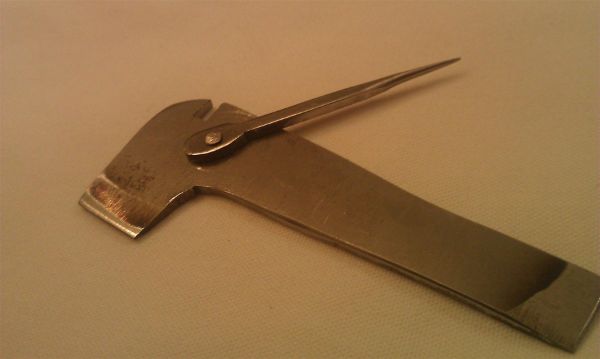Larry Callahan sells this Multi-Tool


$25.00 + S/H
• Contains two screw drivers, a swiveling vent pick, and a flint napper.
• This is a replica of an original tool found in an Appalachian bag.
• The swiveling vent pick keeps you from losing the pick and keeps you from sticking yourself.
• Flint napping notch was an add-on which works great for freshening up your flint in a hurry.


$25.00 + S/H
• Contains two screw drivers, a swiveling vent pick, and a flint napper.
• This is a replica of an original tool found in an Appalachian bag.
• The swiveling vent pick keeps you from losing the pick and keeps you from sticking yourself.
• Flint napping notch was an add-on which works great for freshening up your flint in a hurry.













